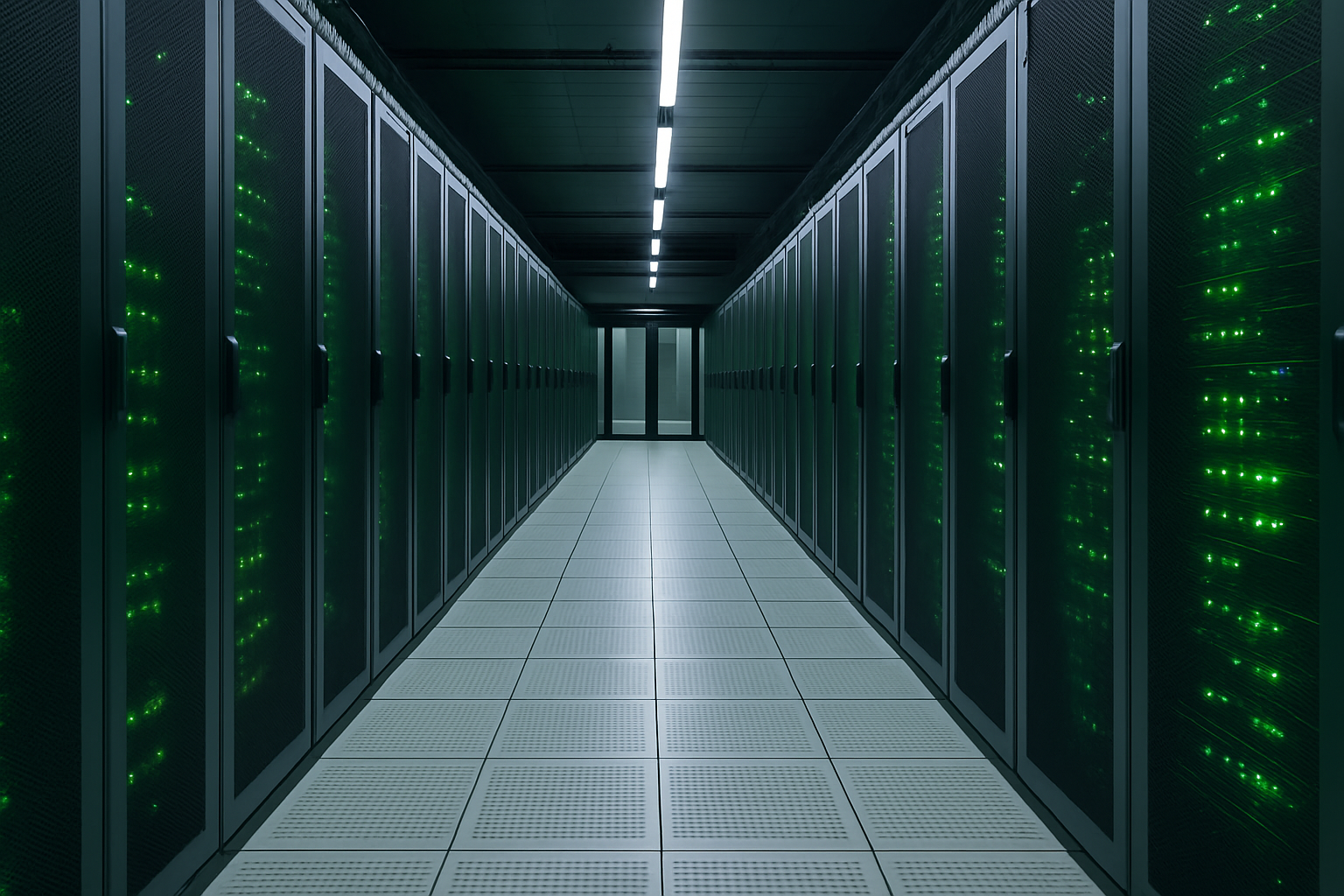Server Energy Efficiency: Practical Steps for Reducing Power Use
Server energy efficiency as a growing priority
Improving server energy efficiency has become a priority for organizations facing rising energy costs and sustainability demands. Data centers, which account for a significant share of global electricity use, can greatly reduce their footprint by adopting practical strategies. Implementing these measures not only cuts operational costs but also supports compliance with green IT policies.
Optimize cooling systems
Cooling can represent nearly half of a data center’s total energy consumption. Methods like hot and cold aisle containment, liquid cooling, and free cooling technologies reduce waste significantly. Real-time monitoring of temperature and humidity ensures cooling resources are directed precisely where needed, avoiding unnecessary energy use.
Hardware upgrades and power management
Legacy servers often consume more energy while delivering less performance. Upgrading to modern, energy-efficient servers improves performance per watt and reduces power costs. Features such as dynamic voltage and frequency scaling (DVFS) and advanced power management modes allow servers to adjust consumption during low workloads, further increasing efficiency.
Virtualization and workload distribution
Virtualization consolidates workloads onto fewer physical servers, reducing overall energy demand. Combined with intelligent workload distribution, it ensures servers run at optimal capacity instead of idling inefficiently. This approach lowers cooling requirements and extends hardware life cycles.
Measuring and tracking efficiency
Using metrics like Power Usage Effectiveness (PUE) allows organizations to benchmark efficiency and identify areas for improvement. Continuous monitoring and transparent reporting not only reduce costs but also build accountability in achieving sustainability goals.
Fuente: U.S. Department of Energy

